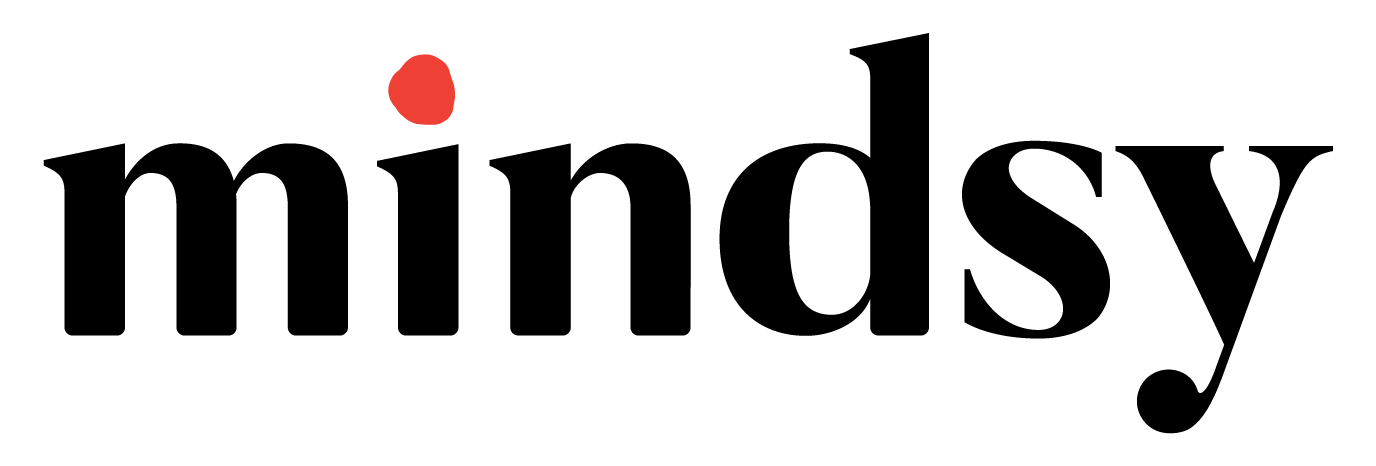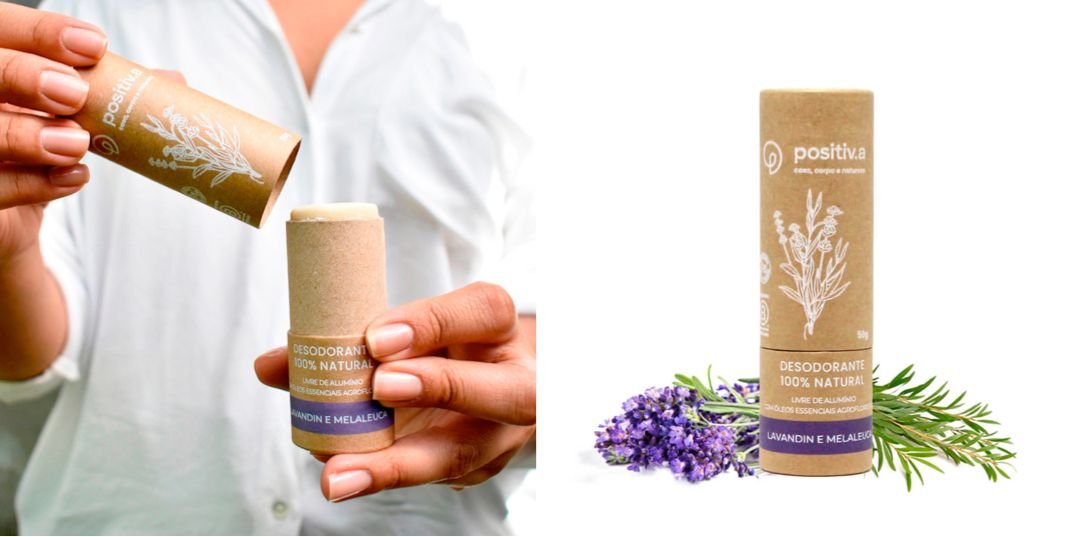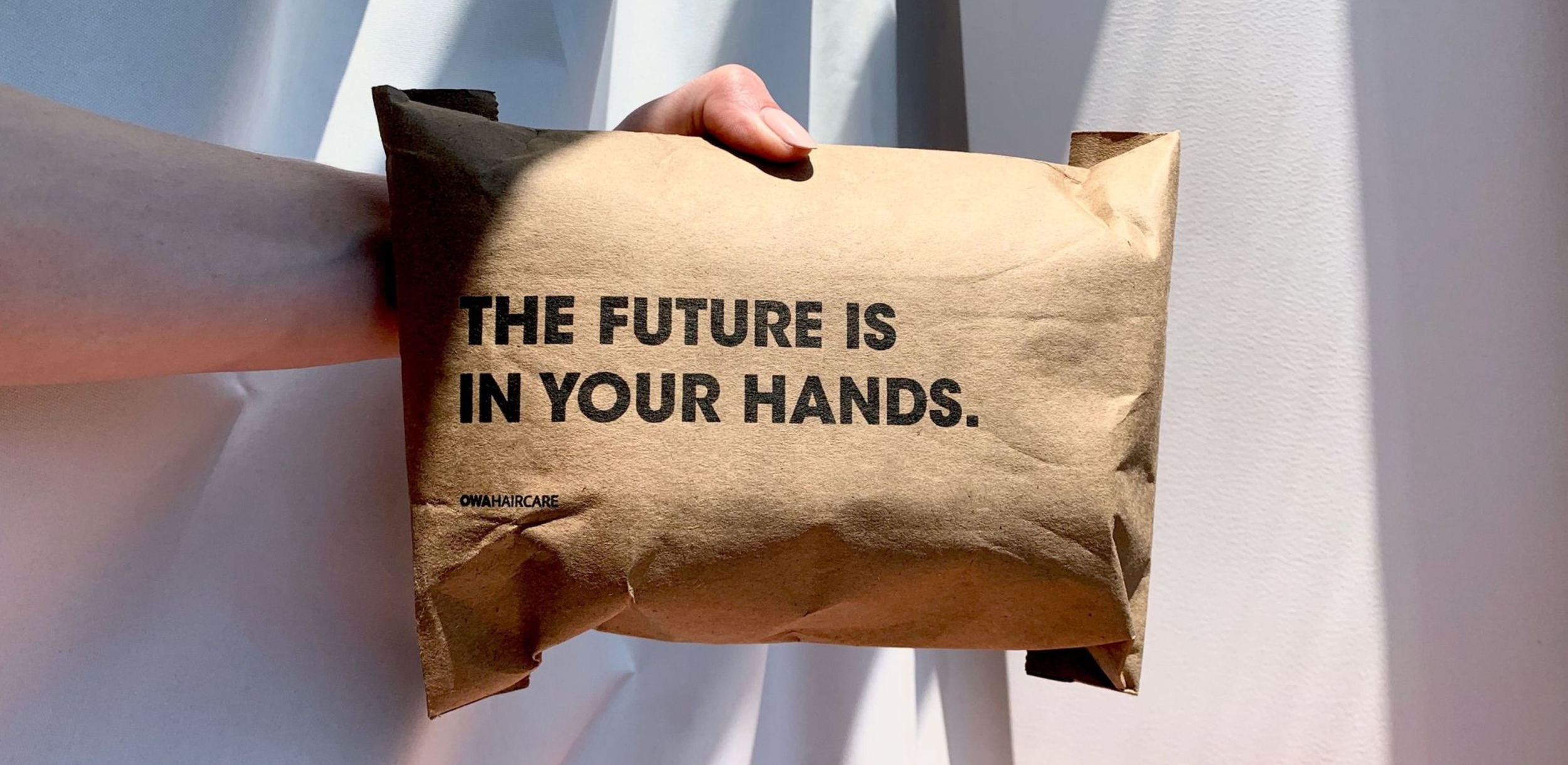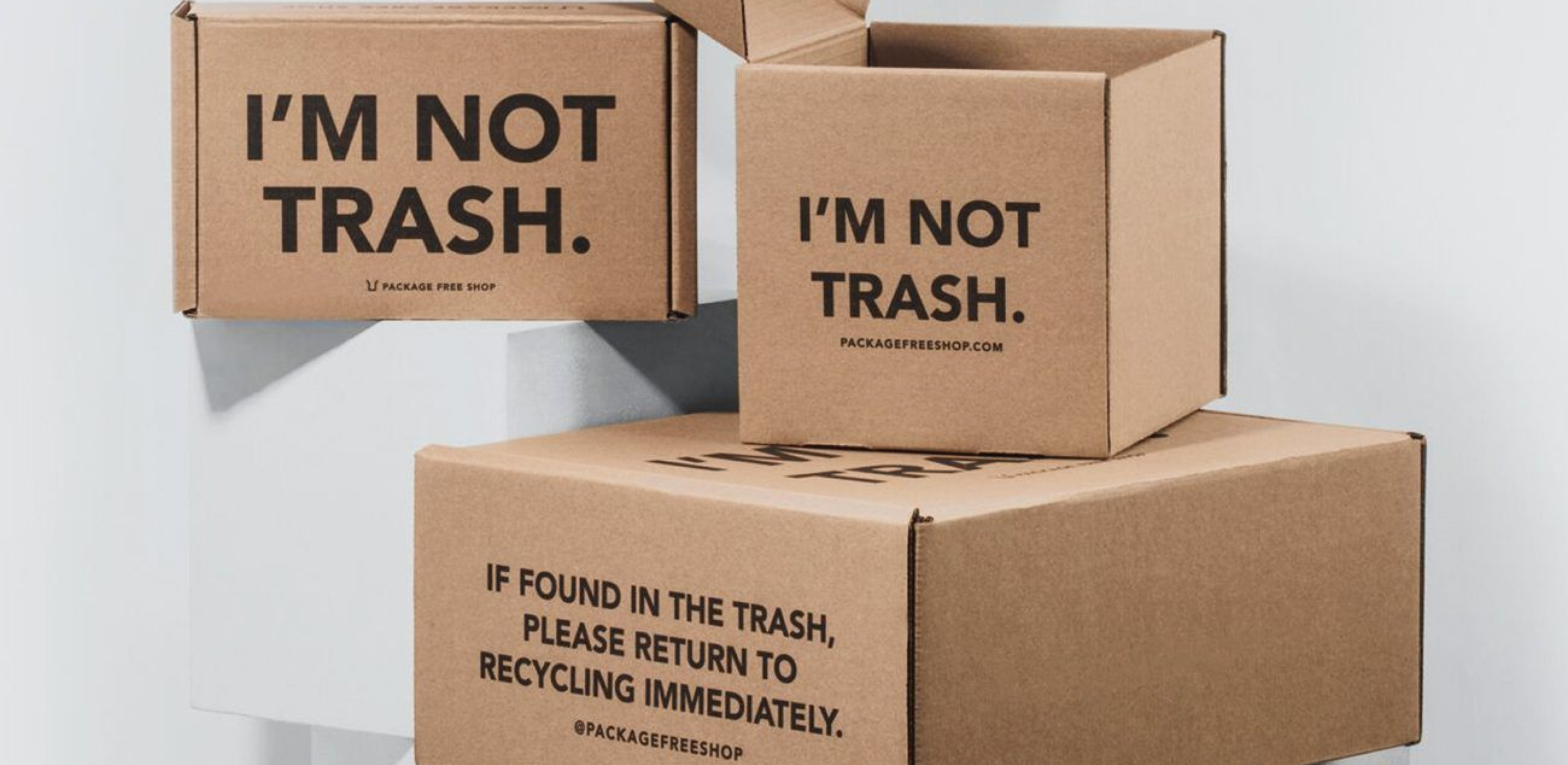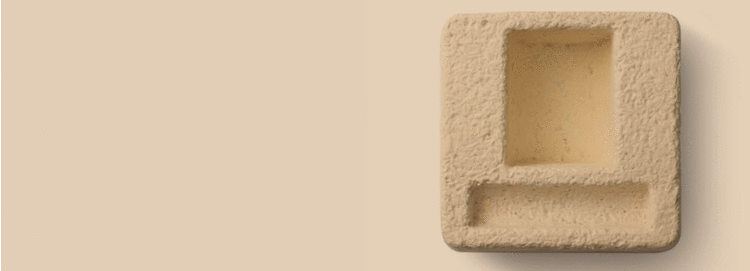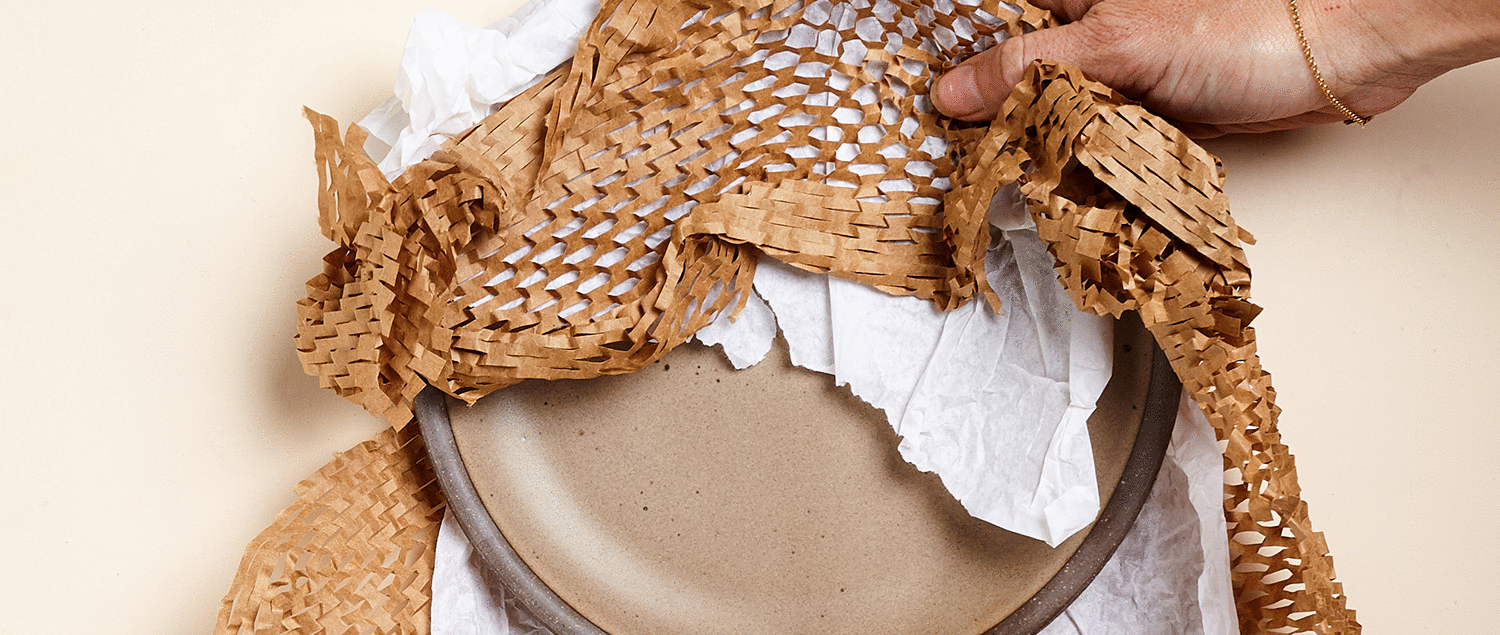Sustainable Packaging Is the Future: Here’s How You Can Start
If you’ve been hearing businesses talk about sustainable packaging more and more, you are not alone!
There is no doubt that sustainable packaging has truly been making waves all around the world.
And we have all the data to prove it — According to recent reports, the green packaging market is even forecasted to grow at a CAGR of 5.7% from 2021-2026.
But sustainable packaging is more than just a buzzword that marketers and companies use. It’s not just a trend that is expected to die down eventually.
*Image Credit: Positiva.eco
Sustainable packaging is a much-needed advocacy that ALL businesses need to fight for.
That is exactly why we want to share with you everything you need to know about sustainable packaging. I hope you’re as excited as we are because we have A LOT of ground to cover!
What Is Sustainable Packaging?
*Image Credit: Mindsy Design
The good news is that this term doesn’t have to be difficult to understand!
In simple words, it basically means a type of packaging that is better and healthier for the environment.
A sustainable business is all about balancing two factors — increasing your impact while decreasing your ecological footprint.
Simple enough, right? Contrary to what a lot of people think, you don’t actually have to choose one or the other when you’re making business decisions.
But at this point, you may be thinking to yourself, “Well, that’s great and all. But how exactly does it help minimize the impact on the environment?”
The short answer is that sustainable packaging can help the planet in many different ways. Here’s a quick summary:
*Image Credit: Mindsy Design
First, practicing sustainability in one’s packaging means prioritizing the use of renewable, recyclable, and reusable materials.
These materials should also be manufactured using sustainable processes. This means that during the actual production of the packaging, manufacturers employ different sustainable methods.
And lastly, it should fulfill its very purpose! Not only should it be sustainable, but it should also be effective in protecting the products within it during transport and delivery. There’s so much more that we can say about this topic, but for now, let’s shift gears a little bit...
Why Should You Choose Sustainable Packaging?
1 . You can do your part to help preserve the environment
*Image Credit: Cultivatr
Do you know that, in recent years, more than 14,000 scientists have signed a declaration stating that we are in a global climate emergency? This is clearly an extremely serious matter that we can’t ignore.
It is no secret that we are quickly running out of resources to accommodate the growing demand of our population.
And what a lot of people choose to overlook is the fact that everything is connected. You mess with one species or one natural resource and everyone else is affected.
With this, there is definitely no time to lose! We have to act now or else we can forget about continuing to inhabit this earth for generations to come.
The main takeaway from this section? It’s SO important that businesses elevate their standards to prioritize more sustainable efforts. You can choose to help #SaveThePlanet and inspire others with your actions.
2 . It can help attract customers with the same values
*Image Credit: Medien Gruppe
At Mindsy, we’re all about giving you the latest and most relevant data.
Kearney recently conducted a survey on 150 companies in sectors such as consumer-facing and B2B retail.
Overall, the report showed that businesses with circular economy models performed significantly better than others. Let’s take a look at the results:
*Image Credit: Mindsy Design
32% of respondents experienced a revenue increase
38% were able to save on costs
Circular economy businesses reported a 50% increase in higher customer loyalty as well as a 70% higher brand recognition
Clearly, there is now greater demand for sustainable brands than ever before.
All in all, these data points show that if you really want to set your business apart from your competitors, sustainability is the way to go! Packaging truly has the potential to communicate your brand essence and soul.
So if you want to drive brand loyalty and attract customers who deeply resonate with your advocacy, join the cause for our earth today.
And if you’re interested in learning more about brand essence, check out our blog post! We talk more about why brand soul matters and how you can establish your unique business identity.
Sustainable Packaging Strategies You Should Try
1 . Partner with manufacturers that implement sustainable business practices
It’s very important that you do your due diligence first before partnering with any manufacturers. Remember that their practices will also reflect on your own brand image and reputation!
Are you having trouble thinking of what you need to look out for? Consider asking your potential manufacturers the following questions to start:
Do they conserve and save energy by optimizing the use of their equipment and machinery?
Are solar, wind, or any other alternative sources of energy being used as well?
Do they have the right procedures in place to reduce the amount of waste when creating your product?
This list is obviously NOT exhaustive by any means. As a business owner or designer, you should always stay curious by constantly being on the lookout for new opportunities to help the environment!
With that being said, we’ve got a book recommendation that you may want to add to cart: Julia L F Goldstein wrote a book entitled, “Material Value: More Sustainable, Less Wasteful Manufacturing of Everything from Cell Phones to Cleaning Products”.
Among many other things, she talks about the various manufacturing challenges businesses face in the hopes of creating more sustainable processes.
*Image Credit: 425 Business
Material Value by Julia L F Goldstein (Sustainable Manufacturing)
If you do decide to read the book, feel free to message or tag us on our Instagram account @mindsydesign. We’d love to hear what you think about it!
2 . Choose the appropriate packaging style and size for your products
*Image Credit: The Sustainable Journal
When creating a packaging design, there are also a few factors that you need to first take into consideration.
First, you must use as little material as possible so you can minimize the amount of waste. Try experimenting with how the product is positioned within the packaging to better optimize the space around it.
Generally, it is best practice to limit the amount of packaging material. BUT businesses should also not forget that packaging also has to be effective in keeping your products safe and protected during transit.
The last thing you want is to keep going back and forth with your customers, all because the packages are always damaged during shipping.
3 . Use sustainable materials for your packaging
*Image Credit: EcoEnclose's
It is a known fact that plastic can take up to 1,000 years to decompose. Suffice it to say, businesses should try to avoid plastic at all costs!
As much as possible, you should prioritize reusable, recyclable, and compostable materials instead.
Need a little inspiration? Try utilizing bags or pouches that your customers can use again. Your consumers will definitely thank you for the bonus bag.
For example, Magni Enterprise creates Polyvinyl alcohol (PVA) bags and RePack produces reusable ones as well.
*Image Credit: Circular Economy
Also, don’t be afraid to think outside the box! Take a look at this shopping bag from H&M that also transforms into a clothes hanger.
Not only is it helpful to the environment, but it’s also an interesting idea that surely left their customers very entertained.
For all our readers in the food industry, you can also consider these compostable pouches from Elevate Packaging. Because of the reclosable zipper, your customers can easily use it for refills multiple times!
Do you also find that your business isn’t as agile as you’d want it to be? You can also choose to focus on changing one packaging element at a time.
For instance, you can try to change the outer packaging to cardboard first before you alter the actual container of the product. Slow progress is still progress, right?
Examples of Common Sustainable Packaging Materials
We get it: Even if you’re convinced that sustainable packaging is the right step for your business, it may still be a struggle to find the right materials.
Especially in heavily saturated categories, customers are aware that packaging is so much more than just it’s visual aesthetic appeal. It’s also meant to be touched and felt.
With this, it’s very important that you are able to create positive tactile experiences that strike a chord with your consumers.
If this is something you want to find more clarity on, we’re here to help! Consider swapping out your old materials with these more sustainable solutions:
1 . Cornstarch packaging
Have you ever heard of cornstarch packaging? Yup, it’s definitely real!
Instead of using synthetic polymers (which are non-sustainable), many businesses have shifted to corn starch packaging because of its biodegradability.
This type of packaging is made using polylactic acid (PLA), which is usually made from the fermented sugars that come from cornstarch.
*Image Credit: Guacamole Airplane
2 . mushroom-based packaging
Apparently, mushrooms aren't only for eating now!
Mushroom-based packaging makes use of mycelia (mushroom roots) and other agricultural residues. It’s a GREAT example of sustainable packaging because it breaks down faster and uses less energy than when you’re making plastic.
If you want to see this in action, IKEA is known for its commitment to using mushroom-based packaging to replace styrofoam.
It can even be used to hold something as heavy as wine bottles and other glass products. Ecovative does a great job of producing mushroom packaging that are sturdy and durable.
*Image Credit: Guacamole Airplane
Paradise Packaging Co. also sells a single bottle wine shipper made of mushroom packaging.
3 . Seaweed Packaging
Who knew that seaweed could also be used for packaging?
Sway is a startup that is definitely disrupting the plastics industry by introducing seaweed-based material.
*Image Credit: Material District
4 . Corrugated bubble wrap
This is PERFECT for your business if you’re looking for an alternative to plastic bubble wrap or styrofoam packing peanuts to help protect fragile products.
This corrugated bubble wrap from EcoEnclose is made of 100% cardboard, which makes it biodegradable and recyclable.
*Image Credit: Protega Global
We know that we’ve given you A TON of information already.
But we didn’t want to end this article without giving the spotlight to an agency that is doing real sustainable work — Guacamole Airplane (don’t they have the coolest name, or what?)
We’re SO grateful to have found an organization that is willing to give back to the community by sharing valuable resources on sustainability. One go-to guide that we’re sure you’ll love is Guacamole Airplane’s sustainable packaging supplier guide.
This useful resource has all their packaging suppliers so that they could help other businesses make more sustainable business decisions.
This list ranges from trays/inserts, polybags, raw materials, paper mailers, to inks, jars, and so much more. We suggest you check it out for yourself to see the entire list (and it’s a looong list too).And if you’re having a hard time processing the many technical terms out there, this design agency has also provided an index of useful packaging design terms. From “polyethylene terephthalate” to “thermoformed pulp”, you’ll be able to understand and remember all these terms in no time!
But that’s not all! They’ve also published an archive of material experiments in the hopes of creating ecologically regenerative packaging. It covers bioplastics, mycelium, recycled plastic, flax, hemp protein, and other materials.
Oh, and did we mention that all of these resources are for free too?
All in all, Guacamole Airplane is proving how research AND design go hand in hand in the sustainable packaging movement.
This truly reminds us that we all need to be creative revolutionaries.
As a design studio, we recognize how designers play a HUGE role in helping lessen businesses’ ecological footprint through sustainable practices. This is a responsibility that we will always take very seriously as we strive for a better world.
The Secret to Creating a Long-Lasting Impact
From plant-based packaging to more efficient energy sources, it’s safe to say that technology will continue to amaze and defy expectations!
But with all these advancements in technology, businesses all over the world should truly take advantage of these in the right way. We must never underestimate the role that businesses play when it comes to the environment.
And when it comes to ensuring real impact, the key is not in making grand gestures that only last in the short term. The secret is in taking small concrete steps consistently over a long period of time.
Starting with your packing is definitely a step in the right direction. Eventually, these seemingly little changes can compound in very big ways.
So whatever packaging strategy you take from this article, we hope you will remain persevering and consistent in all your sustainability efforts. Truly, we owe it to our earth and to the rest of humanity to take care of our one and only home.
Looking for a design studio to partner with?
Here’s how you can work with us to reach your sustainability business goals.
CONTACT US AND LEARN MORE.
branding | brand essence | packaging | Packaging design | Fast-moving consumer goods
